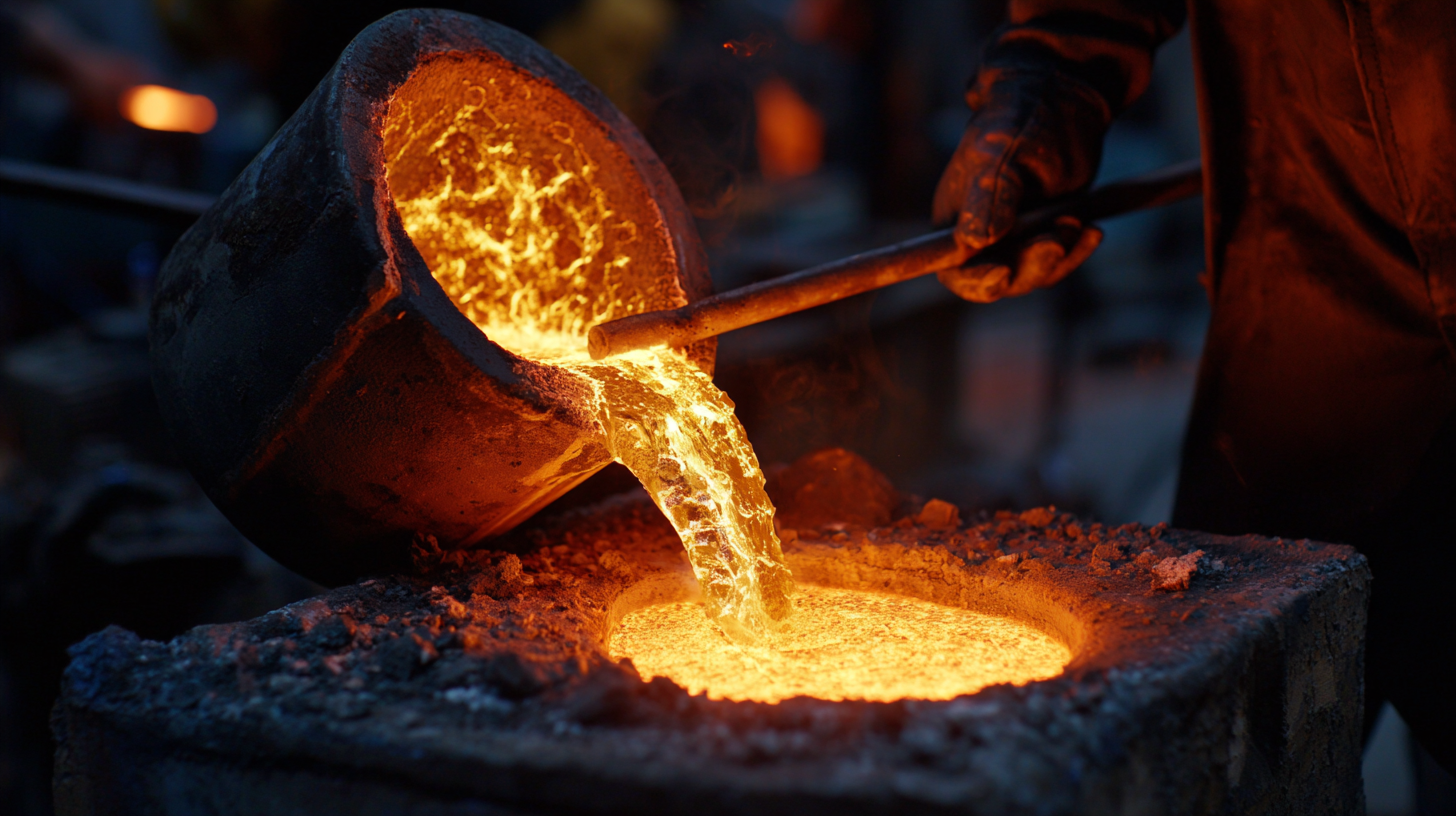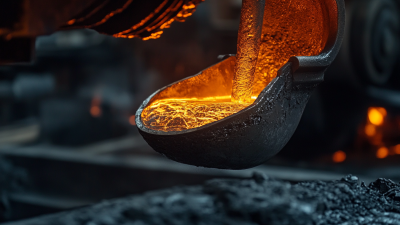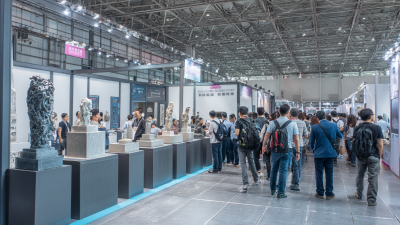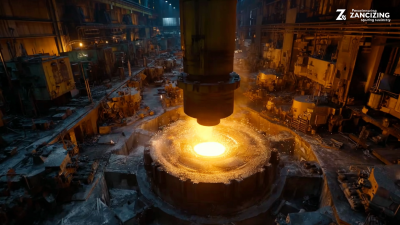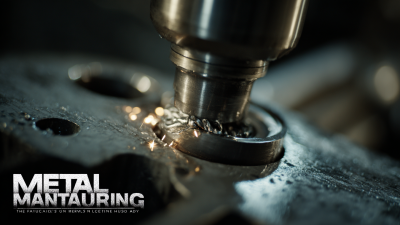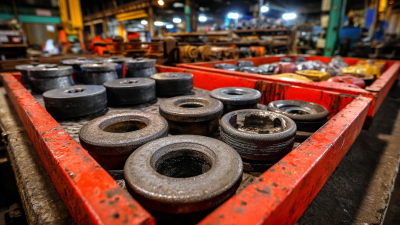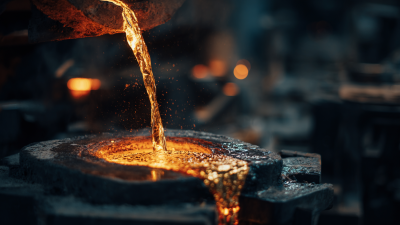In the world of manufacturing and artistry, the **Casting Process** stands out as a transformative technique that turns raw materials into intricate and stunning masterpieces. This process, which dates back thousands of years, involves pouring liquid material—typically metal, plastic, or glass—into a mold where it solidifies into the desired shape. Understanding the nuances of the casting process is essential for artists, engineers, and hobbyists alike, as it not only influences the final outcome but also determines the feasibility and efficiency of production. In this article, we will unveil the secrets behind different casting methods, explore essential tips for optimizing each stage of the process, and reveal how to overcome common challenges. Whether you are a seasoned professional or a curious beginner, mastering the casting process can elevate your projects to new heights, allowing you to create intricate designs that capture the imagination and meet the demands of modern craftsmanship.
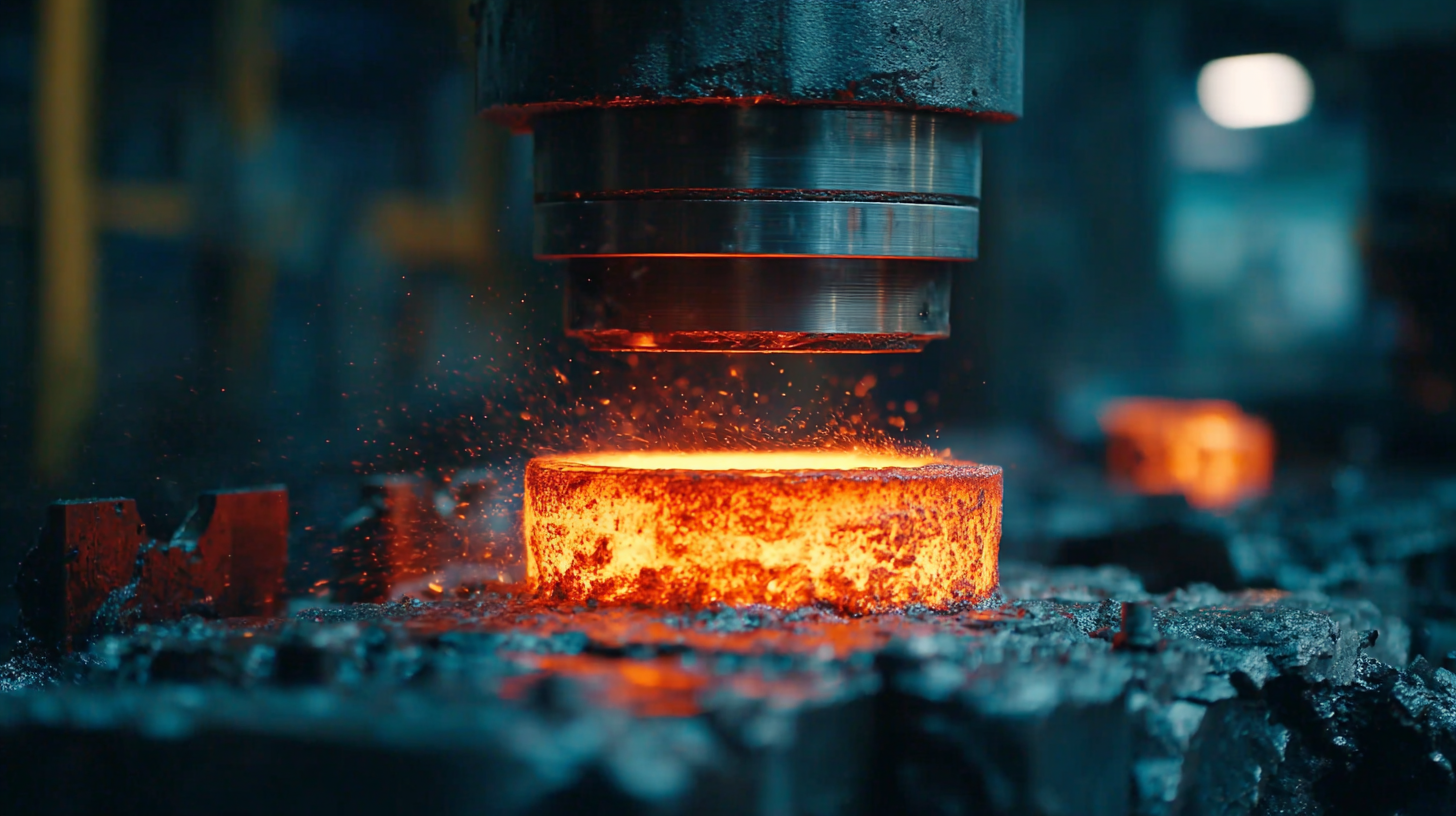
The casting process is a vital technique in manufacturing that allows for the transformation of various materials into intricate shapes and designs. At its core, casting involves pouring molten material, such as metal or plastic, into a mold where it solidifies to form the desired item. According to a report by Grand View Research, the global metal casting market was valued at approximately $210 billion in 2022 and is anticipated to witness significant growth, driven by an increasing demand for lightweight components in automotive and aerospace sectors.
Understanding the basics of this process reveals its complexity and adaptability. Different casting methods such as sand casting, investment casting, and die casting serve distinct purposes and cater to varying production scales. For instance, the American Foundry Society estimates that sand casting accounts for nearly 90% of the total casting production in the United States, largely due to its versatility and cost-effectiveness. This foundational knowledge underscores the importance of the casting process in creating high-quality, high-precision components across multiple industries, highlighting its role in technological advancements and innovation.
In the casting process, selecting the right materials is crucial to transforming concepts into tangible masterpieces. Recent advancements in materials science, such as the development of innovative stainless steel grades for nuclear applications, demonstrate the importance of precision in material selection. For instance, the stable supply of 316H stainless steel by a leading steel manufacturer showcases how tailored materials can meet specific industry demands, particularly in high-stakes environments like nuclear power generation.
Moreover, the increasing focus on new materials in the automotive sector highlights the evolving landscape of casting. As companies seek to innovate their product lines, integrating advanced aluminum alloys and other composite materials becomes essential. By investing in new manufacturing technologies and ensuring that material choices align with project requirements, businesses can enhance performance and safety while pushing the boundaries of design and engineering.
The casting process is a transformative art that relies heavily on the right tools and equipment to bring creative visions to life. Essential equipment includes high-quality molds, which serve as the foundation for the desired shapes and designs. Molds can be made from various materials, such as metal or silicon, each offering distinct advantages in terms of durability and detail. A stable heat source is also crucial for melting materials, which ensures even casting and reduces the risk of defects.
In addition to molds and heat sources, a range of hand tools such as ladles, spatulas, and brushes play vital roles in the casting process. These tools help manipulate the liquid material, allowing for precise pours and intricate detailing. Safety equipment, including gloves and protective eyewear, is equally important to safeguard artisans during this intense creative process. By employing the right combination of tools and equipment, artists can master the casting technique and produce stunning masterpieces that reflect their artistic vision.
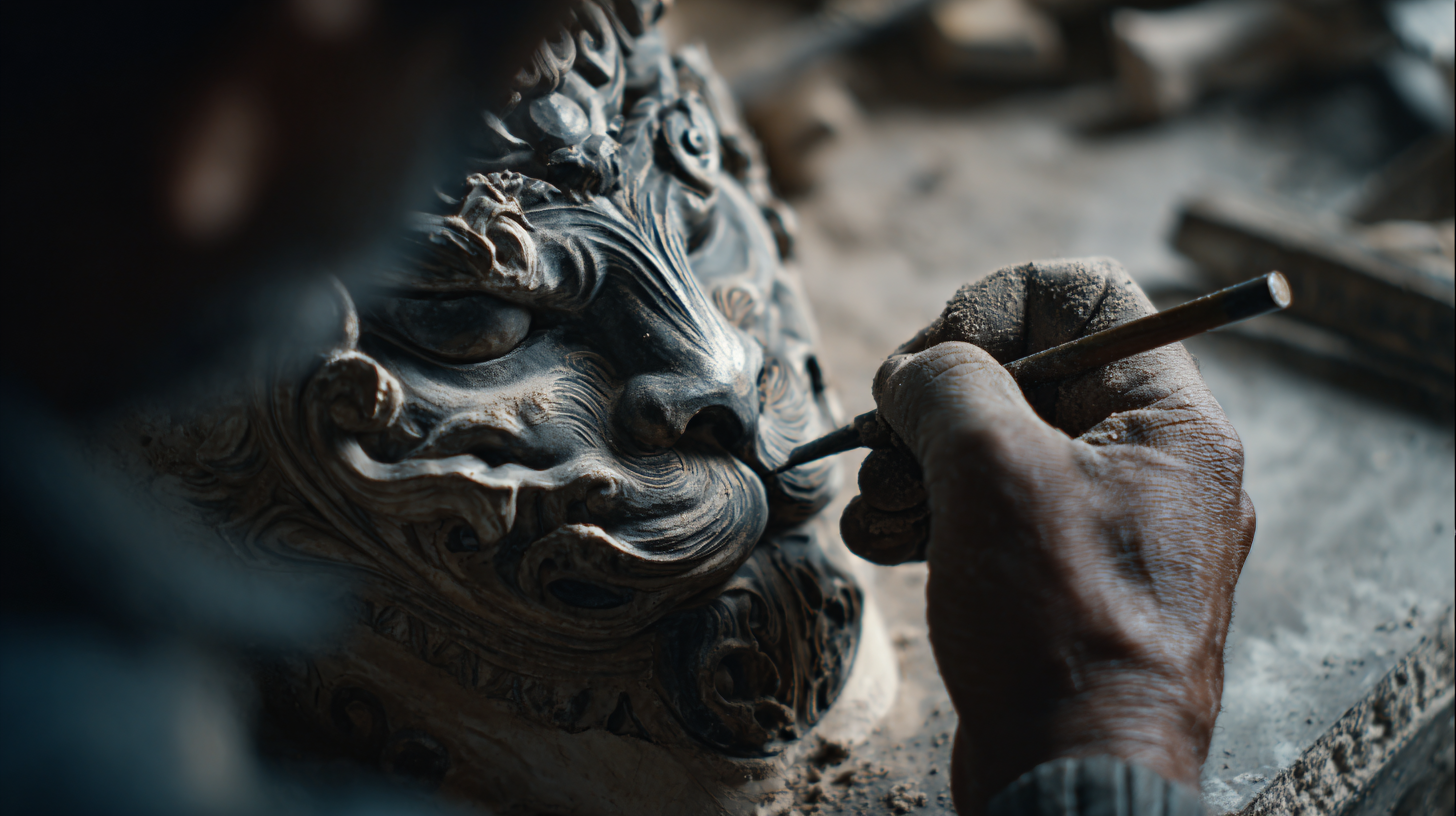 Casting is a versatile manufacturing process that transforms raw materials into intricate shapes and designs. To execute a successful casting project, one must follow a systematic approach. Initially, choose the right material based on the project specifications. Metals like aluminum and cast iron are popular due to their excellent casting properties and ability to withstand high temperatures. According to a report by Research and Markets, the global metal casting market is projected to grow by over 10% from 2021 to 2026, reflecting the increasing demand across various industries.
Casting is a versatile manufacturing process that transforms raw materials into intricate shapes and designs. To execute a successful casting project, one must follow a systematic approach. Initially, choose the right material based on the project specifications. Metals like aluminum and cast iron are popular due to their excellent casting properties and ability to withstand high temperatures. According to a report by Research and Markets, the global metal casting market is projected to grow by over 10% from 2021 to 2026, reflecting the increasing demand across various industries.
Next, create a detailed mold. This can be done using either sand casting or investment casting techniques. For sand casting, ensure that the sand is properly compacted to maintain the mold's integrity during the pouring process. Remember to incorporate vent holes to allow gases to escape while pouring the molten material. A tip to enhance mold durability is to apply a release agent, which facilitates easy removal of the final cast.
Finally, after pouring the material, cooling time is crucial. Allow the casting to cool down naturally to prevent defects such as warping or cracking. Reports indicate that improper cooling techniques can lead to a significant increase in production costs due to reworks. Regularly monitor the cooling process, and use thermal cameras to ensure uniform temperature distribution. This step is vital in achieving high-quality cast products.
The casting process, while transformative, often presents numerous challenges that can hinder the creation of high-quality components. One common issue is air entrapment, which leads to defective casts with weak spots. This can be mitigated by ensuring proper venting in the mold design to allow gases to escape. Additionally, using vacuum casting techniques can significantly reduce the occurrence of air pockets, resulting in a more robust final product.
Another prevalent challenge is the control of temperature during the melting and pouring stages. Overheating can cause unwanted oxidation of the metal, while insufficient heat can lead to incomplete filling of the mold. Implementing temperature monitoring systems and maintaining precise control over heating elements can help achieve the optimal temperature for different materials. Furthermore, careful consideration of the mold material and its thermal properties plays a crucial role in successful casting, ensuring that the metal fills the mold efficiently and solidifies uniformly.
